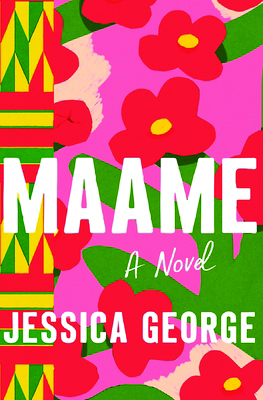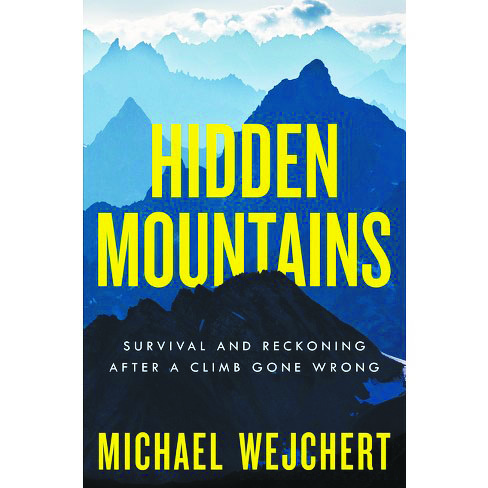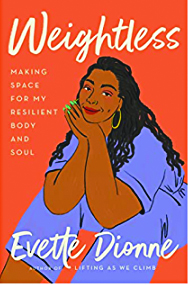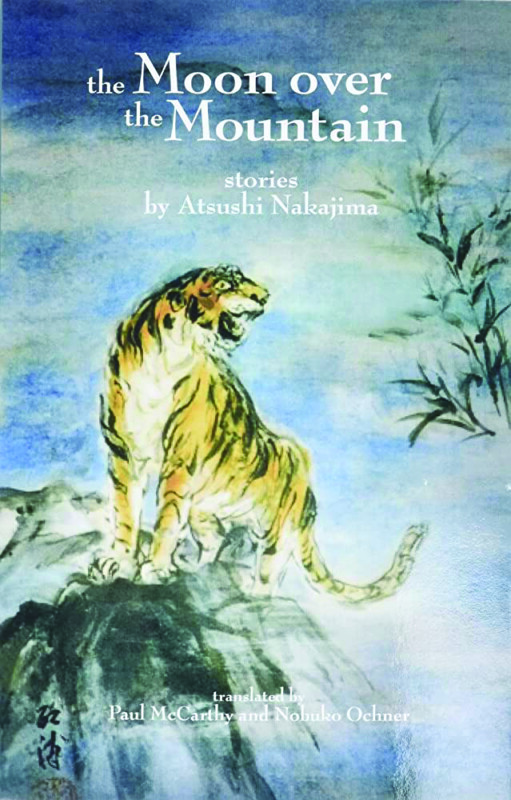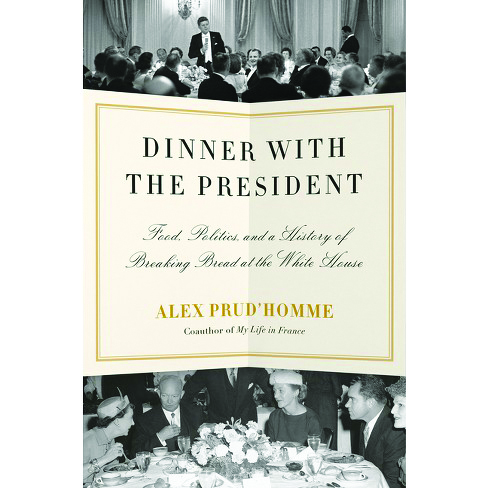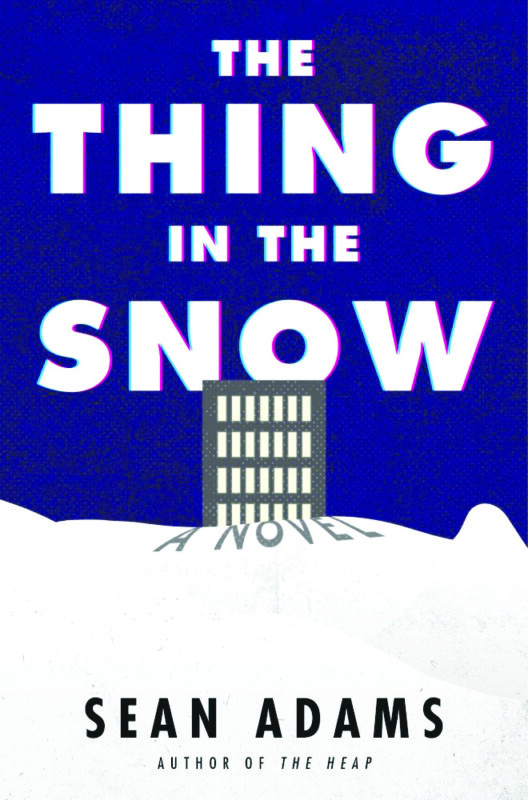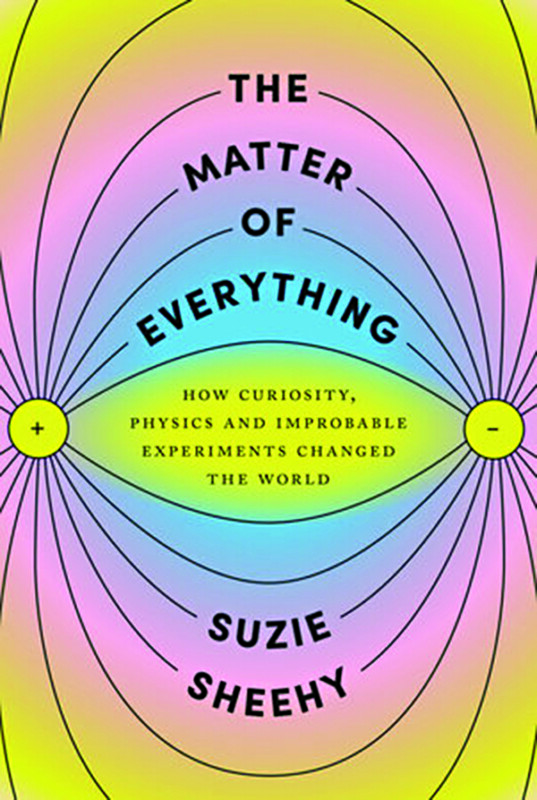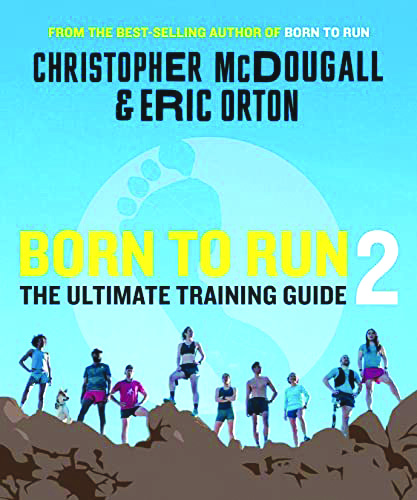Maame, by Jessica George (St. Martin’s Press, 320 pages)
There’s a lot to like about 25-year-old Maddie Wright, the main character in Jessica George’s debut novel. Born in Ghana and living in London, Maddie is navigating her unique brand of young adulthood struggles, from low-key workplace racism to familial responsibilities and expectations. She is sweet and kind and very innocent, at times frustratingly so. But watching Maddie grow up and figure out who she is and who she wants to be is what Maame is all about, and it’s a charming journey.
In some ways, Maddie is forced to be more of an adult than many 25-year-olds; she’s taking care of her dad, who has Parkinson’s disease, and her mom, though still married to her dad, spends most of her time in Ghana running a hostel while Maddie and her dad live in London. Her mom is critical of Maddie and the fact that she isn’t as engaged in her Ghanaian heritage and customs as her mother would like her to be — yet Maddie is the one paying all the bills at home and sending money to her mom in Ghana, while her brother does little to help.
In other ways, though, Maddie seems younger than most women her age, and she knows it. That’s why she sets a goal to transform herself into “The New Maddie.” She makes a list of who she wants to be, which includes “drinks alcohol when offered, always says yes to social events, tries weed or cigarettes at least once (but don’t get addicted!), goes on dates, is not a virgin,” and so on.
Maddie gets the chance to work on these goals when her mom returns to London for a year to take over the care of her husband. Maddie moves out and into a flatshare with two women her age, both very different and seemingly more worldly than she is, which gives her a whole new opportunity to live her own life. At the same time, she starts a new job at a publishing house, and, of course, there’s suddenly a new guy hanging around. (Happily, though, romance is not a central plotline but rather a nonintrusive piece of Maddie’s coming-of-age puzzle.)
George expertly depicts both Maddie’s Gen Z traits and her innocence through her frequent Google searches. She Googles random things like “back pain in your mid-twenties” and gets mostly-useless answers from random people: “CC: ‘It’s all linked to the Government. … From a young age we’re told office jobs are the goal. Then you sit at a desk hunched over 9-5, 5 days a week for most of your younger years.’ LG: ‘Why would the government want a nation suffering from back pain?’ CC: ‘So we don’t take over.’”
Many of her questions show her uncertainty and lack of confidence, particularly in the social domain. Waiting to hear back from a potential love interest, she Googles “How long do guys wait before asking a girl out on a date?” (Some very realistic Google answers range from: “I spent four months getting to know my now-girlfriend before I asked her out on a date” to “One hour.”) George incorporates these searches sparingly enough that they’re not annoying and they add some relatability to Maddie’s character no matter how different she is from the reader. We can all relate to the frustration of such drastically diverse search results with no definitive answer from a source — the almighty internet — that is supposed to have all the answers. (Honestly, who hasn’t Googled “weird rash” and been led to believe it’s either totally normal or a sign of impending death?)
Maame covers all the bases of growing up with cultural barriers, without being heavy-handed or preachy. Despite Maddie’s sometimes cringy naivete, I was rooting for her all along. Her story is often funny, and always heartfelt and engaging. A

